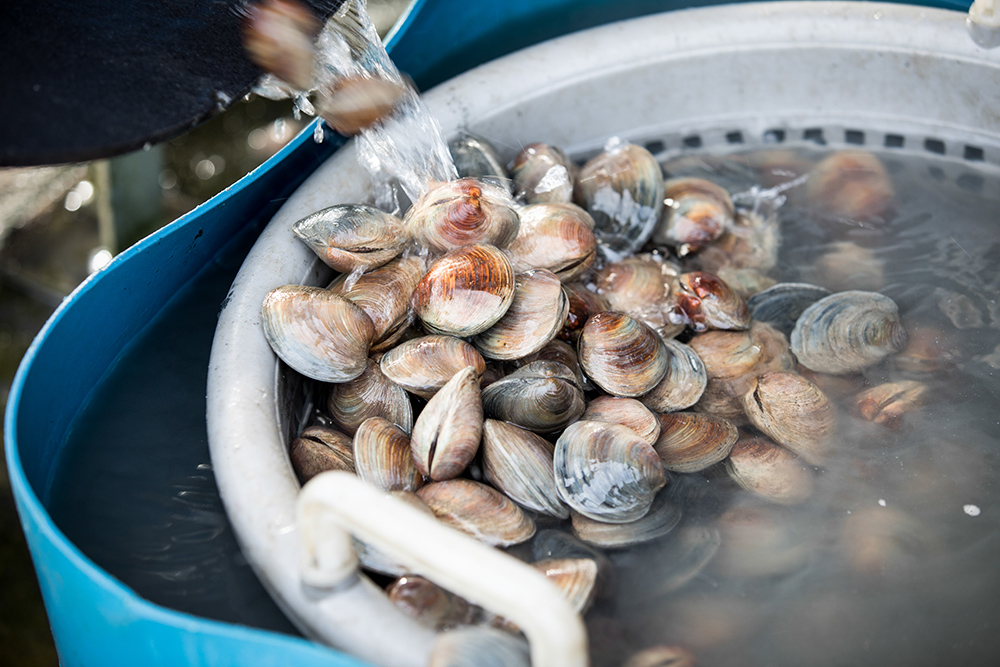Sometimes the best thing you can do for a drought-stressed garden or landscape is to not do some things, said a University of Georgia scientist. Fertilizing and routine pruning, for instance, encourage new growth that requires more water.
"Fertilizing isn't wise during long dry periods if you don't water regularly," said Gary Wade, an Extension Service horticulturist with the UGA College of Agricultural and Environmental Sciences. "Fertilizers are, chemically, salts. They can actually dehydrate plants' roots."
Routine pruning stimulates growth, too, he said. That's not what you want when your main goal for your plants is survival.
You may need to do some selective pruning, though, when a plant wilts and begins showing leaf scorch, and branches start dying. In this case, cutting back the top will reduce the water demand the foliage places on the roots.
When you water, use a garden hose to direct water only to wilting plants to conserve water.
"Give priority to trees and shrubs planted within the past four months," Wade said. "Water these plants every week or so when it doesn't rain."
Annual and perennial plants demand more water than woody ornamentals. But wait for them to wilt before you water.
"Some perennials, like sedum, gaura, day lilies and ornamental grasses are extremely drought-tolerant. They can survive long periods without water," Wade said. "Plants will tell you when they need water when the leaves wilt, droop or turn gray-green."
If outdoor watering restrictions keep you from watering anything, Wade's advice is to cut back annual and perennial flowers that wilt.
"This will reduce the plant top's demand for water and help keep the root system alive," he said. "Lightly pruning shrubs that become severely wilted will also help them conserve moisture and survive the dry period."
The best thing you can do to help plants survive drought is to put mulch over their roots, Wade said.
"Three to five inches of an organic mulch, such as pine straw or pine bark mininuggets, will help hold water in the soil," he said. "Some municipalities chip woody brush and make this available to the public. This makes an excellent, economical mulch."
Two to three sheets of wet newspaper under the mulch will help conserve moisture even better, he said.






